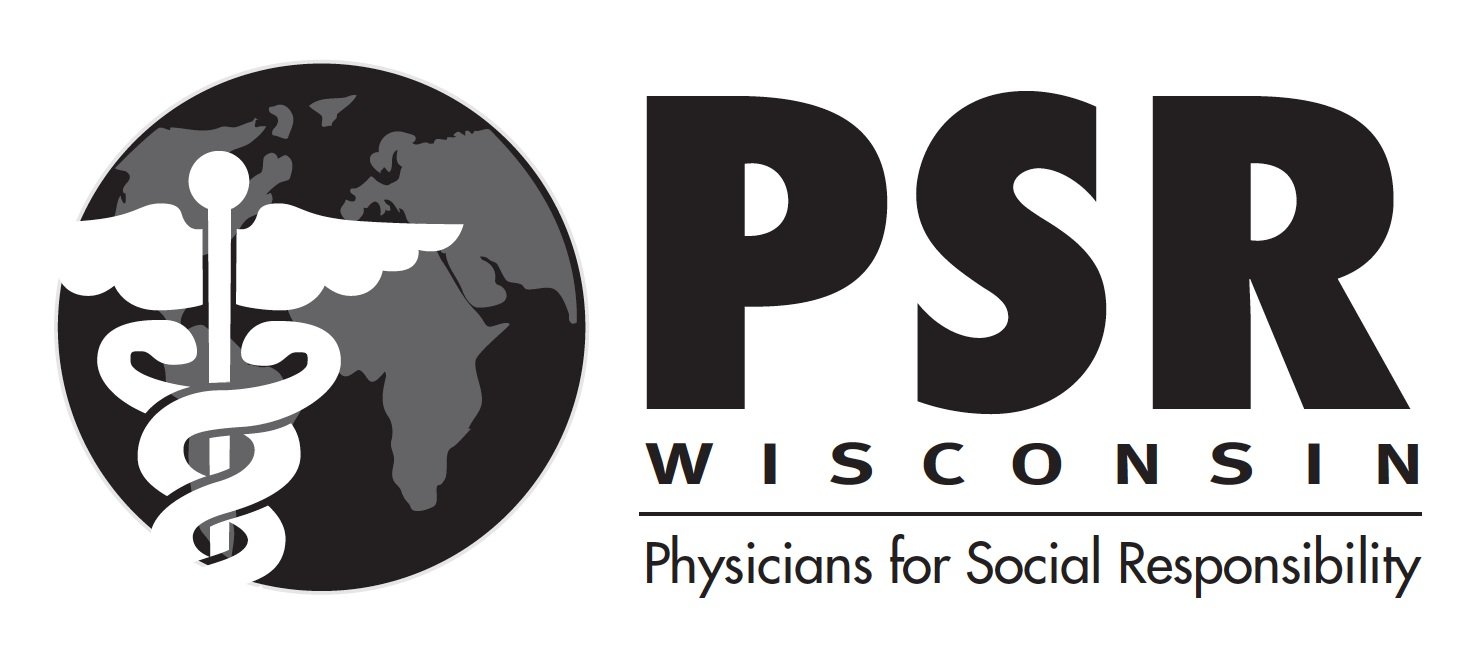VISIT OUR NEW WEBSITE ON POINT BEACH!
Concerns related to Point Beach Nuclear Reactors, Unit 1 & 2 (PBNP)
Lake Michigan
Built just before the National Environmental Policy Act (NEPA) mandated cooling towers for new power plants, Point Beach Nuclear Plant (PBNP) Units 1 and 2 requires 85-95% more water than would be necessary for nuclear plants with cooling towers. This once through cooling system has high volume flow rates for intake and discharge systems that damage or destroy fish larvae and phytoplankton and delivers excess thermal heat to the natural aquatic ecosystem of Lake Michigan. PBNP units intake and then discharge an average of 915 MILLION gallons of Lake Michigan water each day. The water is returned to the lake up to 24.3 degrees Fahrenheit hotter than the seasonal lake temperature.
Energy Costs
Based on a report from Mark Cooper, the Purchased Power Agreement (PPA) between NextEra (owners of PBNP) and We Energies from 2007, means ratepayers are paying 1.8 times the market price of electricity today and will see rates more than double over the next decade. For We Energies customers this will total about five billion dollars by the end of this current licensing in 2030-2033. We understand that energy burden is a real environmental justice issue facing financially struggling Wisconsin families.
Toxic Waste
If NextEra’s request to operate Point Beach for an additional 20 years (to 2050/53) is granted, this nuclear plant will generate an additional 504 metric tons of high-level nuclear wastes in that timespan. The operation of the reactors from 1970-2017 has created an estimated 965 metric tons of waste and by the end of the current licenses in 2030/2033 there will be a total of 1,342 metric tons of waste that will remain in dry cask storage on the shore of Lake Michigan—an environmental risk to local communities for generations to come. Nuclear waste storage will continue as an excess cost to ratepayers long after Point Beach no longer produces electricity. Conversion to renewable energy along with energy conservation, stops the accumulation of nuclear waste and reduces the nuclear waste storage burden for the next generation of ratepayers.
Embrittlement
Embrittlement is the loss of strength, ductility and resistance to cracking. In nuclear reactors, there are steel containers called reactor pressure vessels (RPV) that hold nuclear fuel when the reactor is operating. Point Beach Nuclear Plant Unit 2 was cited by the NRC in 2013 as one of the most embrittled RPVs in the United States. Embrittlement markedly increases the risk that the reactor pressure vessel could crack open if the reactor would need to be suddenly flooded with cold water during an emergency shutdown. This would release radioactivity into the air, water and soil surrounding Point Beach, contaminating the drinking water source for 10 million people.
Climate change
The increased concentration of bacteria and nitrates (from the last 15-year expansion of Concentrated Animal Feeding Operations in Kewanee County) and the added burden of climate change effects have further imperiled the aquatic ecosystem of Lake Michigan. Climate change increases the risk of stronger, more frequent and damaging storms and increasing fluctuation of water levels in the Great Lakes. We are especially concerned with the increased ferocity of Midwest storms demonstrated by the Iowa Derecho on August 10, 2020 that severely damaged NextEra’s Duane Arnold Nuclear Plant, resulting in early closure. This has prompted NextEra to pivot their electricity production plan in Iowa to embrace renewable energy with solar panels and battery backup.
Emergency Plan
PSR WI welcomes the new information from NextEra about emergency planning for accidents on PBNP’s website since we signed on as intervenors to the license renewal application in the fall of 2020. But we wonder how information about this emergency plan has been communicated to residents and workers within the 10-mile and 50-mile zones? Do staff for schools, daycares and nursing homes who care for children/the elderly have knowledge and a plan for shelter-in-place or evacuation? Do clinics and hospitals who are responsible to care for those exposed to excess radiation have updated training and information to respond to any emergency at PBNP?
News






